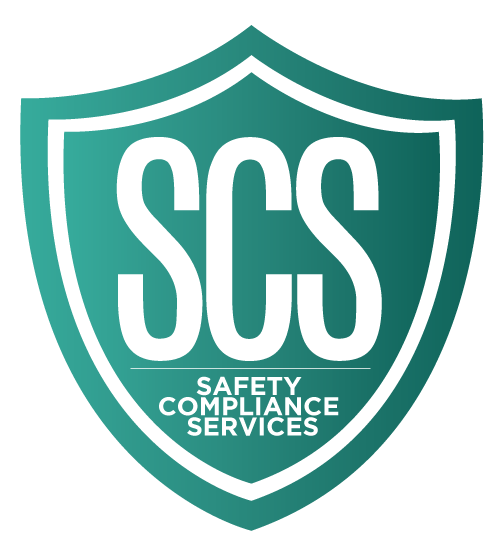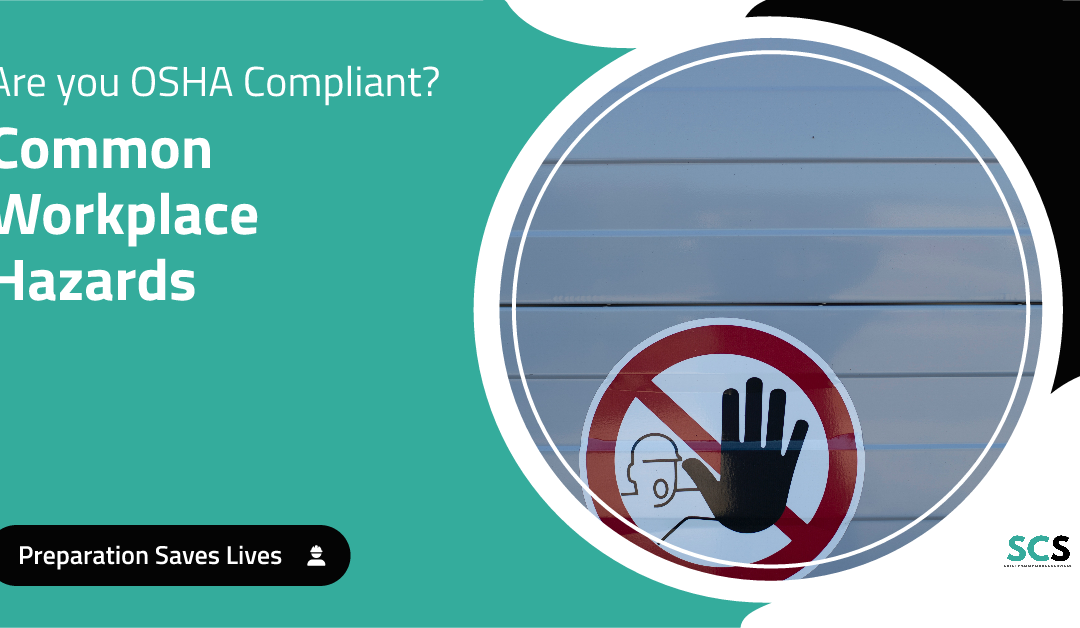Common Workplace Hazards
The safety and well being of employees in the workplace are top priority. Mitigating common workplace hazards and following OSHA (Occupational Health & Safety Administration) standards keep work environments safe and keep businesses running efficiently. What we will address are the most common workplace hazards and provide best practices to keep employees safe.
Slips, Trips, & Falls
- Discuss the frequency of slip, trip, and fall incidents in work areas.
- Provide an emphasis on common causes like wet floors, uneven surfaces, and spaces with clutter.
- In detail, provide OSHA regulations related to floor maintenance, signage, and ways to adhere to housekeeping practices.
Electrical Hazards
- Go over potential dangers of faulty wiring, damaged electrical units/equipment, and insufficient grounding.
- Outline OSHA requirements for electrical safety which include the use of PPE (Personal Protective Equipment), lockout/tagout procedures, and checking equipment regularly.
Chemical Exposures
- Explain the risks of exposure to chemicals and substances that are deemed hazardous in the workplace.
- Regularly train employees on chemical handling and stress the importance of Material Safety Data Sheets (MSDS).
- Outline OSHA regulations for labeling, storing, and use of appropriate protective measures.
Fire Hazards
- Deep dive into the common causes of workplace fires including wiring, improper storage of flammable substances, and unsafe fire prevention measures.
- Outline OSHA guidelines for fire safety including the use of fire extinguishers, emergency exits, and scheduled fire drills.
Noise Exposure
- Examine the impact of long periods of time in high noise level areas.
- Discuss OSHA regulations related to hearing protection, noise level monitoring, and the use of engineering controls to reduce noise.
Manual Handling & Ergonomics
- Discuss the risks associated with improper lifting, repetitive motions, and poor ergonomics.
- Outline OSHA recommendations for ergonomics in the workplace design, proper lifting techniques, and the use of assistive devices.
In summary, keeping the workplace safe and free of incidents are important to running a successful organization. Addressing workplace hazards and following OSHA guidelines keep the workplace secure and promote efficiency in the workforce. Regular training, assessing the workplace, and continuous improvement are elements in being OSHA compliant and making the work environment safe.


Recent Comments